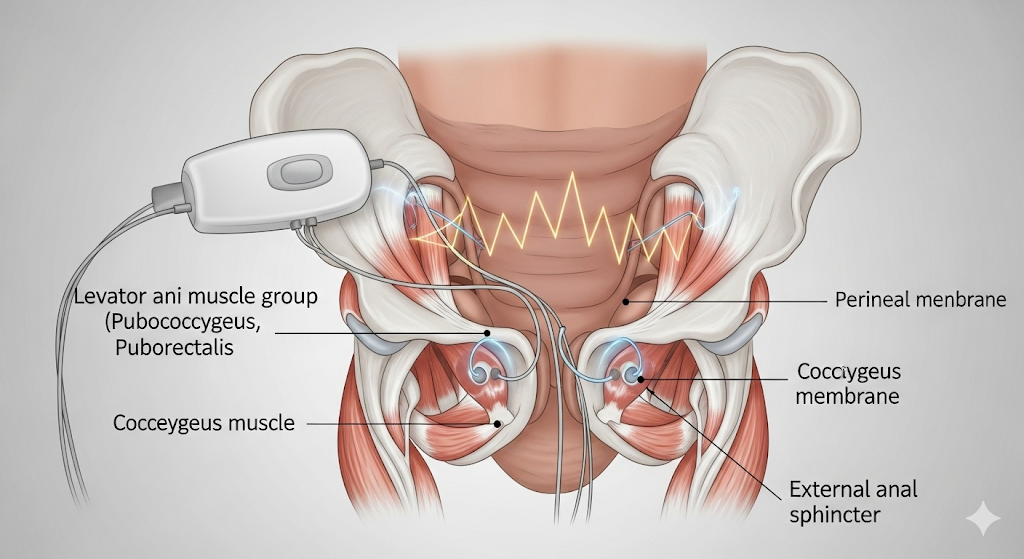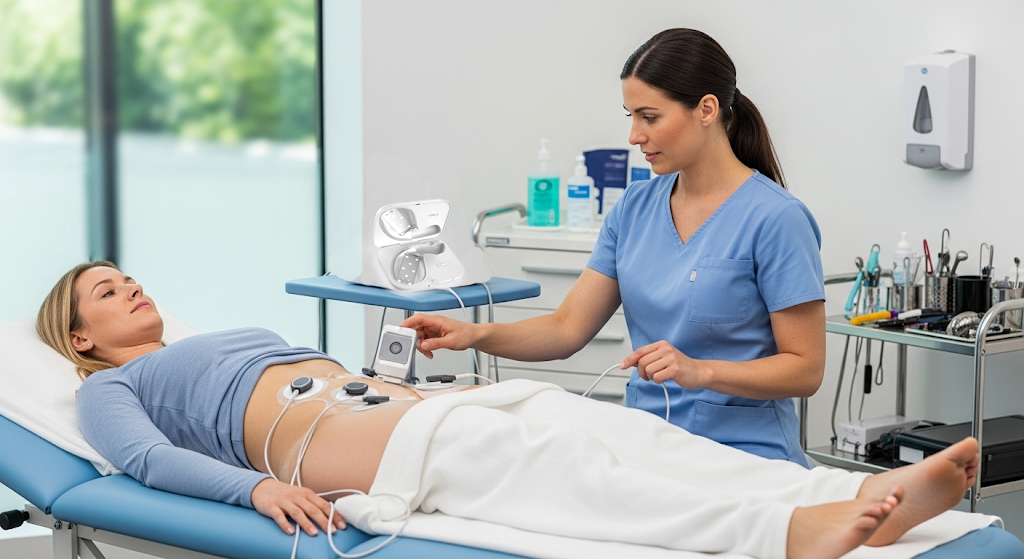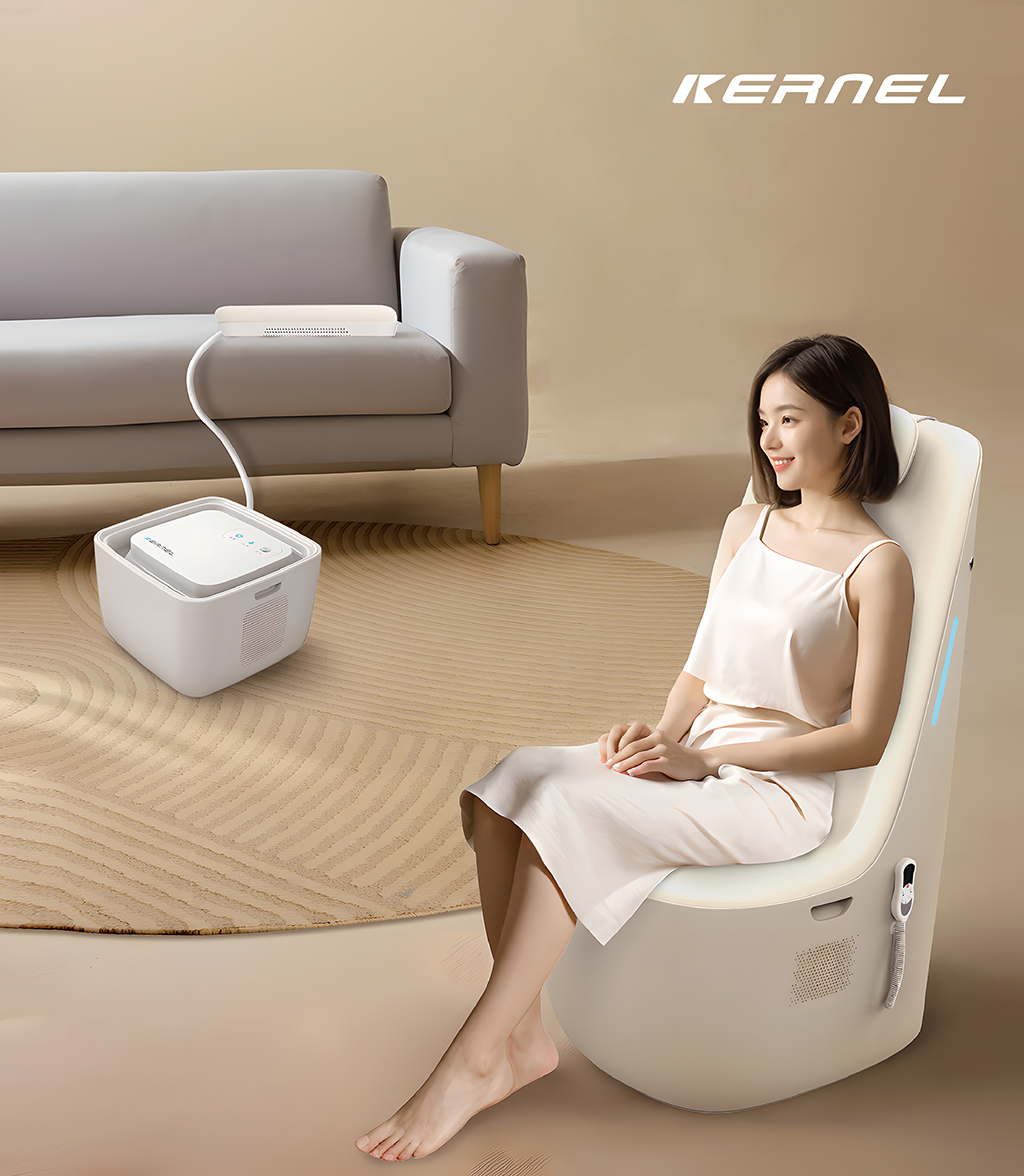
Pelvic Floor Stimulation Therapy for Stress Urinary Incontinence: Clinical Insights
2025-08-27 15:10Introduction
Stress urinary incontinence (SUI) affects millions of women worldwide, significantly impacting quality of life and daily activities. Traditional treatment options, such as pelvic floor exercises or surgery, may not always provide consistent results or may not be suitable for all patients.
Pelvic floor stimulation therapy has emerged as a promising, non-invasive, and effective solution. By delivering targeted electrical stimulation to strengthen pelvic floor muscles, it offers both patients and healthcare providers an advanced treatment option for managing SUI.

What is Pelvic Floor Stimulation Therapy?
Pelvic floor stimulation therapy uses mild electrical pulses to activate and strengthen the pelvic floor muscles responsible for bladder control. The therapy improves muscle tone, enhances urethral support, and reduces involuntary urine leakage during activities such as coughing, sneezing, or exercising.
Clinical Insights into Pelvic Floor Stimulation
1. Mechanism of Action
Electrical pulses trigger muscle contractions, simulating voluntary exercises (Kegel exercises).
Regular stimulation restores neuromuscular function and improves urethral closure pressure.
2. Clinical Effectiveness
Studies show significant improvement in leakage reduction after consistent therapy sessions.
Particularly beneficial for postpartum women, postmenopausal women, and patients who cannot perform effective pelvic exercises.
3. Patient Comfort & Safety
Non-invasive and painless.
Outpatient-friendly, with short and repeatable sessions.
Minimal side effects compared to surgical interventions.
Benefits for Patients
Non-surgical alternative to invasive treatments.
Improved quality of life with better bladder control and confidence.
Convenience: Suitable for use in clinical and physiotherapy settings.
Broad applicability: Effective for mild to moderate SUI across various age groups.
Why Clinics Should Adopt Pelvic Floor Stimulation Therapy
For hospitals, gynecology centers, and physiotherapy clinics, pelvic floor stimulation represents:
An innovative service that meets rising demand for non-invasive women’s health treatments.
A way to retain patients who prefer conservative management options.
A revenue-generating therapy with growing awareness in both developed and emerging markets.
Opportunities for Medical Device Distributors
With the increasing prevalence of stress urinary incontinence, particularly in aging and postpartum populations, demand for advanced treatment technologies is growing. For distributors, pelvic floor stimulation devices represent:
Expanding market potential in gynecology, urology, and rehabilitation.
Differentiation in the competitive women’s health medical device sector.
Strong appeal to hospitals, private clinics, and physiotherapy practices seeking to diversify services.
Conclusion
Pelvic floor stimulation therapy is redefining the management of stress urinary incontinence. Offering high efficacy, safety, and patient satisfaction, it is rapidly becoming a valuable tool for modern clinics.
For healthcare providers, it represents better patient care. For distributors, it opens new business opportunities in the growing field of women’s health.


